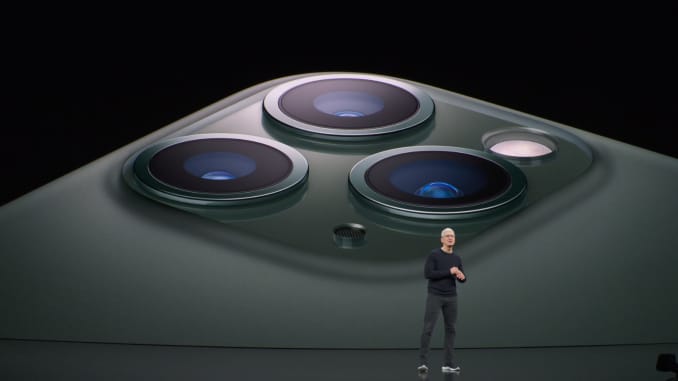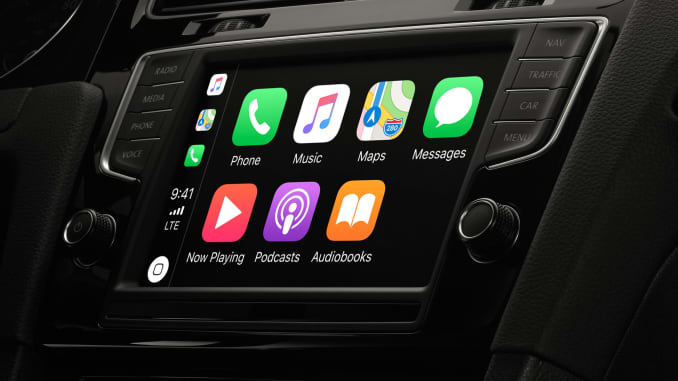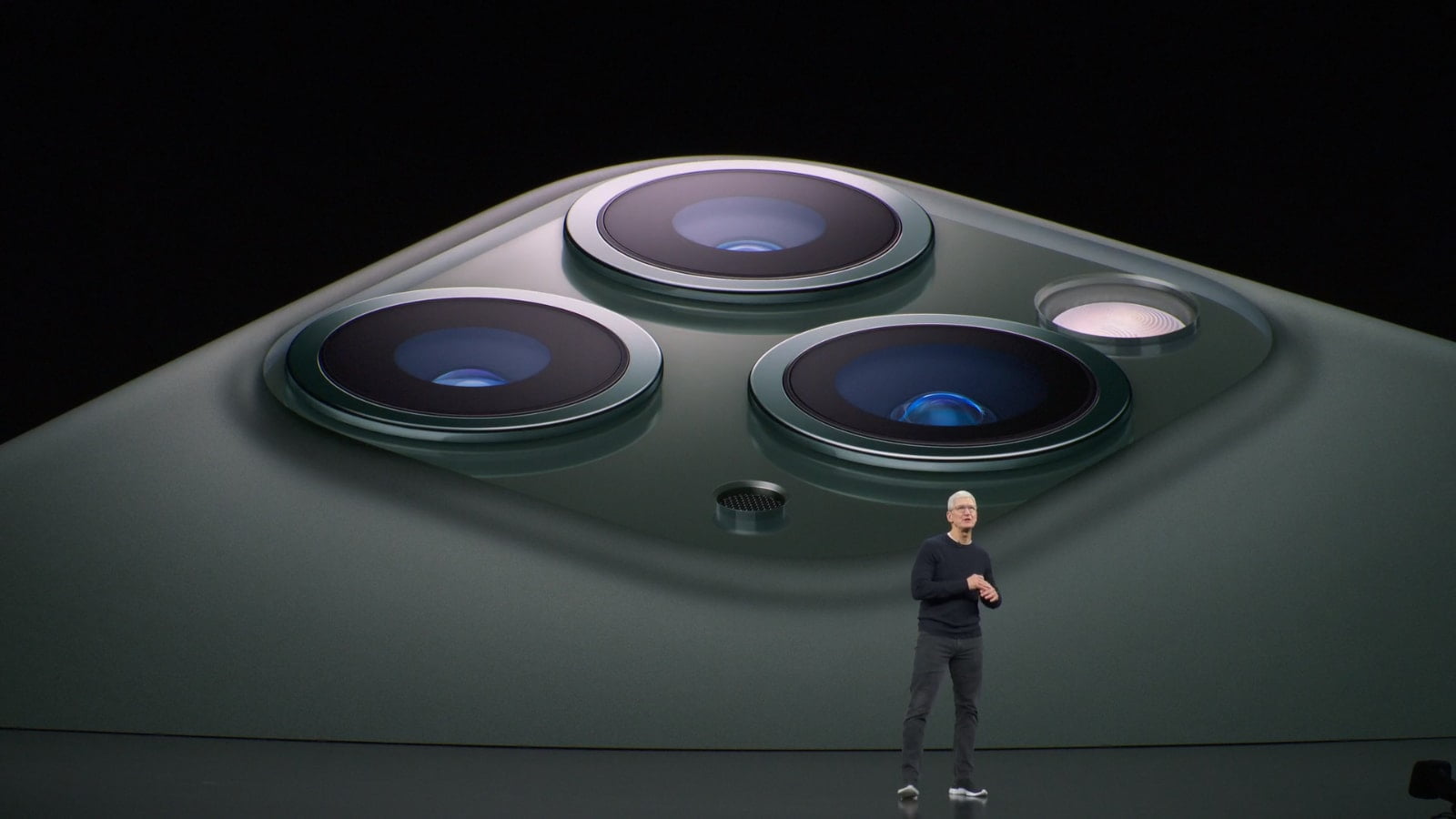
On Dec. 5, notoriously accurate Apple analyst Ming-Chi Kuo said Apple may remove the Lightning charging port from at least one iPhone in 2021. That means you would only be able to charge it by dropping it on a wireless charging pad.
You couldn’t plug it in at all.
Here are a few reasons why that’s a problem, and why removing a charging port is a lot more complicated than just removing the headphone jack.
Contents
CarPlay

Some cars support wireless CarPlay, Apple’s in-car technology that allows you to see Apple Maps, Apple Music and other apps on the biggest screen in your car. But lots of cars released in the last couple of years still require you to plug your iPhone in for this to work. I’m driving a leased Jeep Wrangler, for example, and the lease won’t be up until around 2022. That means that my car, which supports CarPlay, probably wouldn’t work with the new iPhone.
Travel

If I traveled, even just for the day or to a hotel, I’d probably have to carry my wireless charging puck with me. The puck is larger than a charging cable, which means it would be less convenient than just carrying a charging cable with me. Some places have wireless charging areas, but it’s still far more convenient to find a spare outlet.
Maybe Apple could add reverse wireless charging to its iPads, which have much larger batteries, so you could at least charge up your iPhone by dropping it on the back of an iPad when you needed to. Right now, companies like Samsung offer this technology: You can recharge Samsung’s Galaxy Buds headphones by popping them on the back of a modern Galaxy phone, for example. But this is still too slow to make much sense.
Wireless charging is still slower than wired

It still takes a couple of hours to fully charge a device using wireless technology, even if you’re using the fastest option available, which is only offered on Android phones right now. But you can charge an iPhone from empty to 50 percent in about 30 minutes using Apple’s 18W fast charger, which ships with the iPhone 11 Pro Max and iPhone 11 Pro but which works with models as old as the iPhone 8. Qi charging, the standard used by most companies right now, doesn’t offer that fast of a charge yet, so you’d wait much longer for your phone to juice up if it relies solely on wireless charging.
Wired headphones and other accessories wouldn’t work

Apple caught a lot of flack for ditching the standard 3.5mm headphone jack a couple of years ago. But it at least included Lightning headphones in the box, which you could still plug in to the bottom of the phone. If it gets rid of the Lightning port, anyone who bought Lightning headphones or accessories that use the charging port, such as speakers without Bluetooth capabilities, wouldn’t be able to use them.
You wouldn’t be free from cables

Worst of all, getting rid of the charging port wouldn’t actually free you from cables. Anyone who owns an Apple Watch, which is completely wireless, knows the problem here: If you forget your charger, you can’t just plug it in anywhere. You need to seek out an Apple Watch charger.
With a completely wireless iPhone, you’d have to either carry the charging puck or find somewhere with wireless charging. Some cafes (Starbucks tried this, too) offer wireless charging areas. But you’d have to plan on being there for a while unless they all offer some much faster wireless charging technology that isn’t yet built into iPhones.
A better idea

The smartest solution for Apple would be to switch from Lightning to USB-C. It offers faster charging and is already used by MacBooks and iPads. In this case, customers would need to carry just one cable to charge all of their devices at the fastest possible speed.
One day, we probably will move to completely wireless devices. Maybe there will be a way to charge without a wireless pad you need to prop your device on, or maybe those pads will be able to juice up an iPhone so quickly that you’ll only need to use them for a few minutes at a time.
But right now, and for the foreseeable future, it doesn’t make any sense.
[“source=cnbc”]




